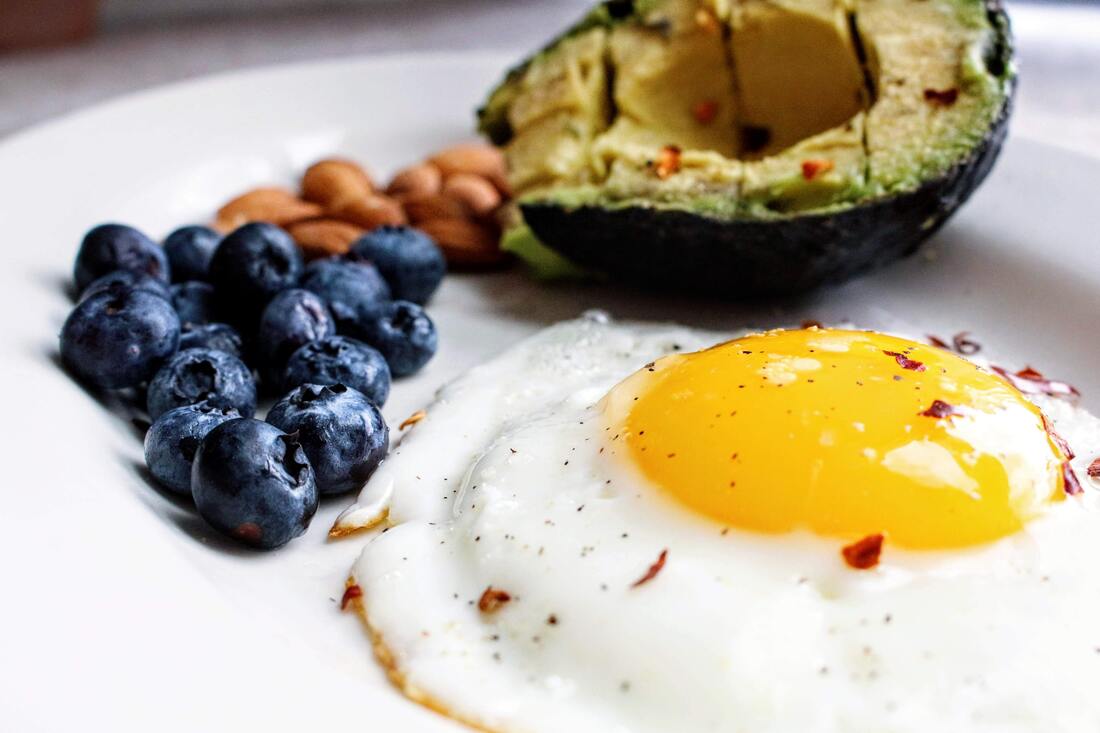|
What the fitness is the PTC ratio? It’s an acronym I made up (and promptly copyrighted, of course) that stands for “protein-to-calories” ratio. The PTC ratio can help you identify foods with the highest amount of protein relative to their caloric content.
During fat loss phases or whenever you’re on a relatively low calorie budget, prioritising protein sources with the highest PTC ratio makes it easier to nail your protein target without overshooting your calorie budget. To calculate the PTC ratio in any food, divide the total protein per serving (in grams) by the total calories per serving (in kcals). The higher the number, the better the PTC ratio. Applying the formula to 100g of raw chicken breast (106 kcals, 24g protein), you get 24 / 106 = 0.22 As another example, the PTC ratio for whole eggs (131 kcals, 12.6g protein) is 12.6 / 131 = 0.09 These are three animal-based protein sources with some of the highest PTC ratios: 1. 90% whey protein powder isolate (unflavoured): 0.25 2. Raw chicken breast: 0.22 3. Raw egg whites: 0.2 And these are three plant-based sources: 1. 90% soy protein isolate protein powder: 0.23 2. Seitan: 0.18 3. Rice and pea isolate protein powder blend: 0.18 Aside from protein powders, plant-based protein sources usually contain a higher amount of carbs or dietary fats––or a combination of both––than lean animal-based sources, which results in a lower PTC ratio. This doesn’t make them “bad” choices. However, if you’re vegan, you won’t need as many extra sources of carbs and dietary fats in a meal because you can already get a reasonable amount of these nutrients from your protein sources. As a side note, if you don’t eat any animal-based protein sources, some research has suggested aiming for a daily protein target on the higher end of the current evidence-based range recommended for muscle mass and strength. You can read more about these recommendations in this article of mine. The reason is that, while all animal-based sources provide “complete” protein, most plant-based sources other than soy are considered ”incomplete”. So you need a larger amount of plant-based protein in order to elicit the same effect you’d get from a smaller amount of animal-based protein. The bottom line is, the PTC ratio doesn’t make a protein source “better” or “worse”. But it can help you choose foods with a higher amount of protein relative to their calorie content, which can be especially helpful on a relatively low-calorie budget. To receive helpful fitness information like this on a regular basis, you can sign up for my newsletter by clicking here. To learn how to develop an effective mindset for long-term fat loss success, you can sign up for my free email course, No Quit Kit, by clicking here. To learn from my podcast as well as from my writing, click here.
0 Comments
Your comment will be posted after it is approved.
Leave a Reply. |
Nikias TomasielloWelcome to my blog. I’m an online fitness coach with a passion for bodybuilding, fantasy, and bread. Want to work with me? Check out my services!Archives
May 2024
Tags
All
|
Follow me on social media |
Get in touch |
© 2018-2023 Veronica Tomasiello, known as Nikias Tomasiello – All rights reserved


 RSS Feed
RSS Feed